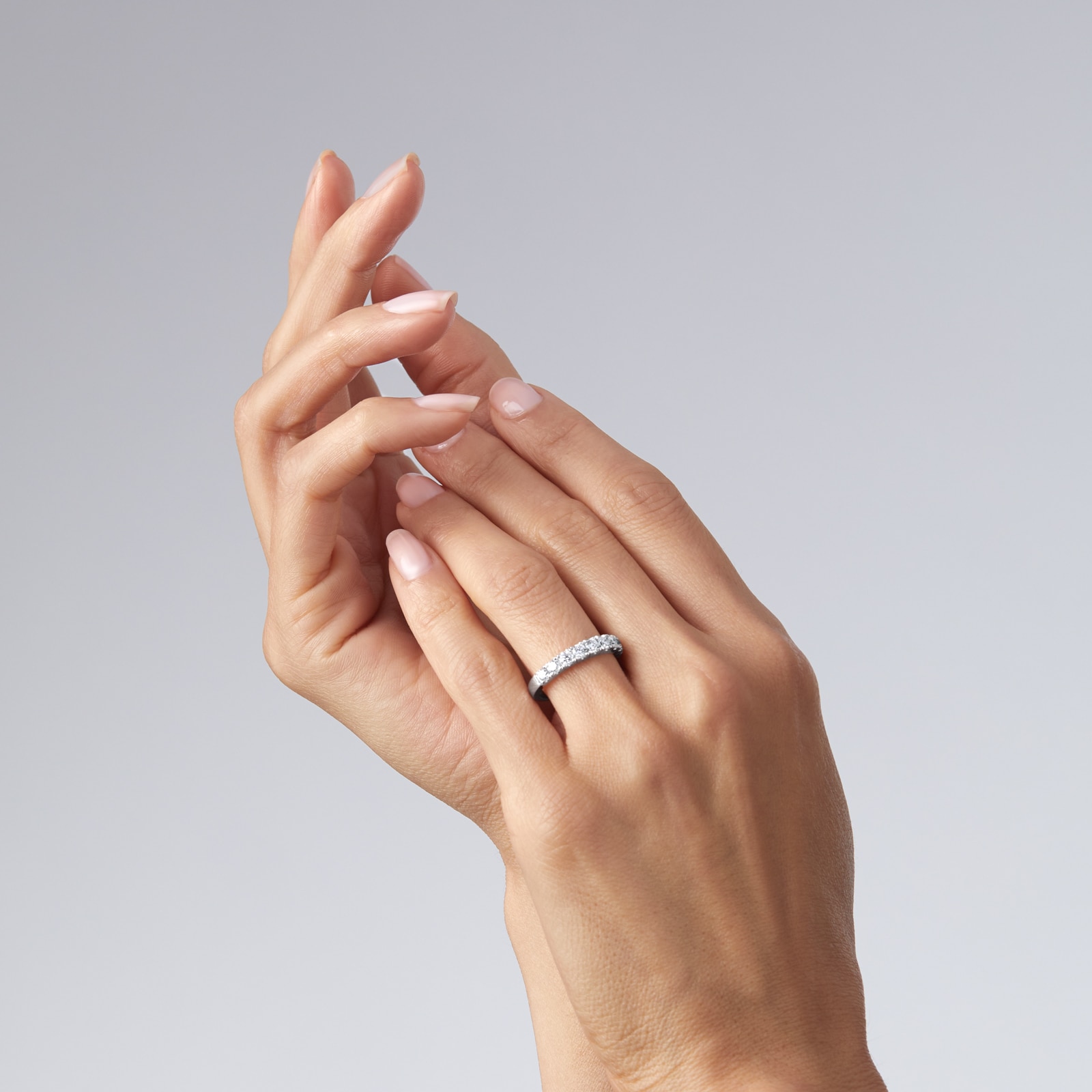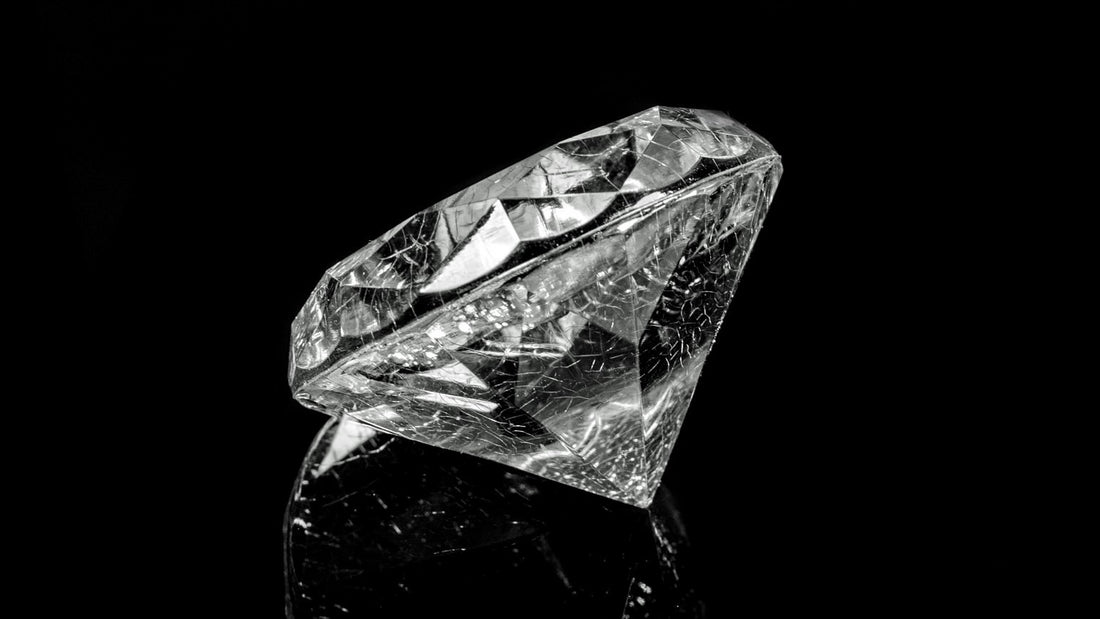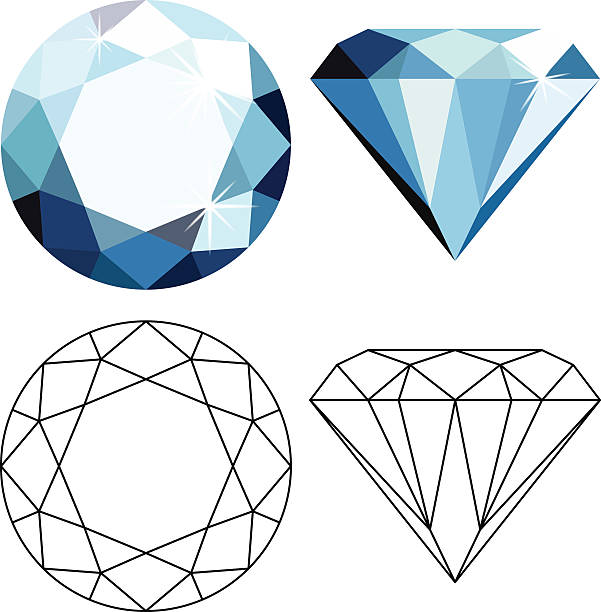The allure of argyle pink diamonds investment has captivated investors and collectors alike, primarily due to their extraordinary rarity and stunning color. With the closure of the Argyle Mine in 2020, these diamonds have become even more desirable, resulting in a surge of interest from those seeking to capitalize on their rarity. At the same time, lab-grown diamonds have emerged as a popular alternative, offering affordability and ethical sourcing without compromising on quality or beauty. As investors look to diversify their portfolios, the intersection of these two distinct markets—natural Argyle pink diamonds and lab-grown diamonds—presents a compelling investment landscape.
Understanding the Appeal of Argyle Pink Diamonds
Argyle pink diamonds are renowned for their exceptional color, which ranges from soft pastel pinks to deep, vivid hues. Found primarily in the Argyle Mine in Western Australia, these diamonds account for over 90% of the world’s pink diamond supply. However, the mine’s closure has dramatically reduced the availability of these precious gems, driving up demand and prices in both the retail and investment markets.
Why Are Argyle Pink Diamonds So Valuable?
The value of Argyle pink diamonds is driven by their scarcity, with only a fraction of the diamonds extracted from the mine displaying the coveted pink hue. Their color, graded on a scale that measures intensity, contributes significantly to their market value, with deeper, more vibrant pink diamonds fetching premium prices. This unique combination of beauty and rarity has established Argyle pink diamonds as one of the most sought-after gemstones for collectors and investors alike.
Moreover, their finite supply adds an intrinsic value that continues to rise. With no more pink diamonds being mined from Argyle, existing stones are becoming rarer by the day, creating a unique investment opportunity that few other assets can match.
The Role of Lab-Grown Diamonds in Today’s Market
As natural diamonds like those from the Argyle mine become more difficult to source, lab-grown diamonds have gained significant attention. These diamonds, created in controlled environments, offer identical physical, chemical, and optical properties to their natural counterparts. What makes them particularly attractive to modern consumers and investors is their affordability, ethical sourcing, and reduced environmental impact.
Lab-Grown Diamonds: Innovation Meets Value
In contrast to natural diamonds, lab-grown diamonds are created through two primary methods: High Pressure High Temperature (HPHT) and Chemical Vapor Deposition (CVD). Both processes simulate the natural conditions under which diamonds form, producing stones that are indistinguishable from mined diamonds. However, lab-grown diamonds come at a fraction of the cost, making them accessible to a broader range of buyers.
Investors are increasingly looking at lab-grown diamonds as an appealing alternative to natural diamonds. With their lower entry price and growing market demand, lab-grown diamonds provide a potential for value appreciation, particularly as consumer preferences shift toward ethical and sustainable luxury goods.
Investing in Argyle Pink Diamonds: The Rarity Premium
For those seeking long-term value, Argyle pink diamonds offer an investment avenue unparalleled by most other gemstones. The rarity of these diamonds cannot be overstated, and their historical performance shows consistent price appreciation, even in fluctuating economic conditions.
Price Trends of Argyle Pink Diamonds
Prices for Argyle pink diamonds have seen substantial increases over the past decade, particularly since the announcement of the Argyle Mine’s closure. For example, a 1-carat Argyle pink diamond can command prices well into six figures, with larger, more intensely colored diamonds fetching millions.
This steady upward trajectory is primarily driven by the limited availability of natural pink diamonds from Argyle, with no new supply entering the market. Investors who were savvy enough to acquire these diamonds before the mine’s closure are now sitting on assets that continue to appreciate in value, making Argyle pink diamonds one of the best-performing alternative investments in recent years.
Lab-Grown Diamonds as an Emerging Investment Class
While Argyle pink diamonds are a well-established asset class, lab-grown diamonds are beginning to gain traction as an investment. The lower price point of lab-grown diamonds does not necessarily diminish their value proposition; in fact, it offers an entry into the diamond market for investors who may not have the capital to invest in natural diamonds.
Potential for Growth in the Lab-Grown Diamond Market
The market for lab-grown diamonds is growing rapidly, with advancements in technology improving both the quality and efficiency of production. As more consumers prioritize sustainability and ethical sourcing, demand for lab-grown diamonds is expected to rise. This shift could result in price increases for lab-grown diamonds as the market matures, making them a viable option for investors looking to capitalize on emerging trends in the luxury goods sector.
Additionally, lab-grown diamonds have begun to make their mark in the high-end jewelry market, where they are increasingly being featured in engagement rings, earrings, and other luxury items. As acceptance of these diamonds grows, so too does their potential as a valuable investment asset.
Argyle Pink Diamonds vs. Lab-Grown Diamonds: Which is the Better Investment?
While both Argyle pink diamonds and lab-grown diamonds offer unique investment opportunities, they cater to different types of investors. For those looking for long-term value and rarity, Argyle pink diamonds represent a time-tested asset that is likely to continue appreciating due to their finite supply and high demand.
On the other hand, lab-grown diamonds offer a more accessible investment opportunity, particularly for those looking to enter the diamond market at a lower price point. As the market for lab-grown diamonds expands, there is significant potential for value growth, especially as technological advancements continue to reduce production costs and improve quality.
Diversifying Your Diamond Investment Portfolio
For investors seeking to diversify their portfolios, a combination of both Argyle pink diamonds and lab-grown diamonds may provide the best of both worlds. Argyle pink diamonds offer rarity and historical performance, while lab grown diamonds provide a more affordable and ethically sourced alternative with the potential for future appreciation.
Conclusion: Making the Right Choice for Your Investment Goals
Investing in diamonds, whether natural or lab-grown, requires careful consideration of market trends, rarity, and personal investment goals. Argyle pink diamonds offer unparalleled rarity and have demonstrated strong price appreciation, making them a valuable addition to any portfolio. Meanwhile, lab-grown diamonds represent an emerging investment opportunity with significant growth potential in the luxury market.

 Lab Created Diamond Wedding Band: A Perfect Choice for Your Special Day
Lab Created Diamond Wedding Band: A Perfect Choice for Your Special Day  Wedding Rings for Men in London: A Symbol of Commitment and Style
Wedding Rings for Men in London: A Symbol of Commitment and Style  Diamonds vs Real Diamonds: A Comprehensive Comparison
Diamonds vs Real Diamonds: A Comprehensive Comparison  Diamonds HPHT: A Breakthrough in Affordable Luxury
Diamonds HPHT: A Breakthrough in Affordable Luxury  Novita Lab Diamonds: The Story Behind Ethical Luxury
Novita Lab Diamonds: The Story Behind Ethical Luxury  Wrap Diamond Earrings: A Stunning Trend in Modern Jewelry
Wrap Diamond Earrings: A Stunning Trend in Modern Jewelry  Platinum or Gold Ring: Which is Right for You?
Platinum or Gold Ring: Which is Right for You?  Diamonds vs Sapphires: The Distinctions and the Ascent of Lab Made Diamonds
Diamonds vs Sapphires: The Distinctions and the Ascent of Lab Made Diamonds 




